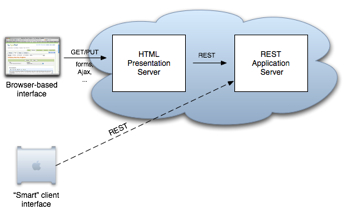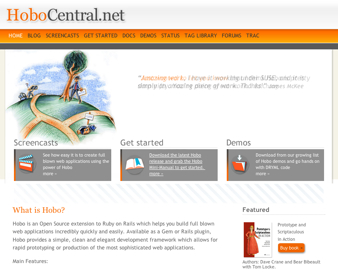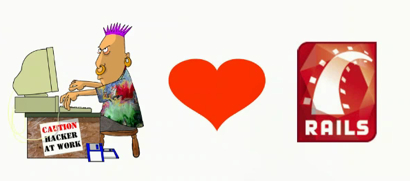
Image credited to Dave Thomas
Dave Thomas takes a stroll through the land of REST and looks at how the future of Rails applications could be in having the whole ‘backend’ REST accessible with a HTML presentation filter sitting in front of it for browser access. It’s a very cogent article, and I’m all for popularizing the term “RADAR” to refer to the types of applications Dave talks about. Let’s use it.
Update: Peter James came to some very similar conclusions back in March 2005. Cool! Read More



















